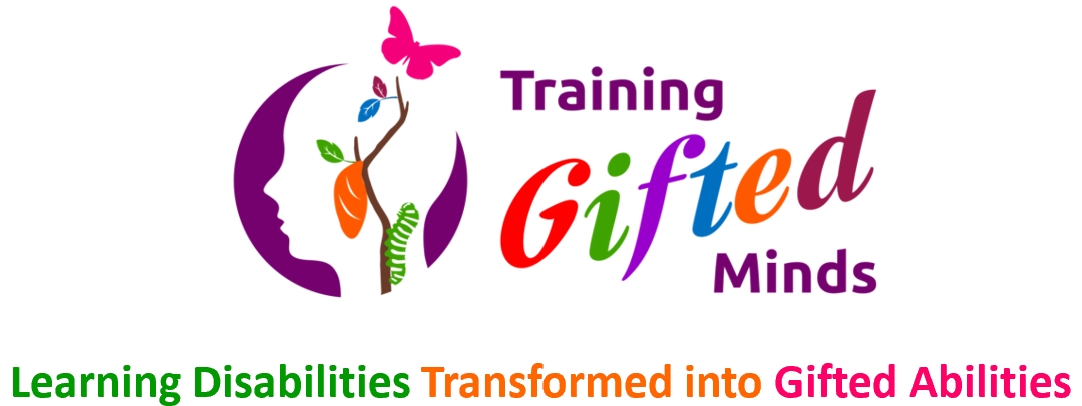Phonics vs Whole Word Recognition
Phonics vs. Whole Word
Research shows us that there is no one best way to build literacy skills. A balanced approach to teaching reading follows three developmental stages: phonemic awareness, whole word recognition and comprehension. The Davis® Correction Programs program provided at Training Gifted Minds, enables a client to progress through the three phases towards our final goal: reading with accuracy, fluency, and with complete understanding.
“These findings have important educational implications and are of special relevance for teaching children to read. Consistent with our knowledge of the components of reading, children need to be able to sound out words to decode them accurately, and then, they need to know the meaning of the word, to help decode and comprehend the printed message. Both the sounds and the meanings of words must be taught.”
(Dr. Sally Shaywitz, et al., Neural Systems for Compensation and Persistence: Young Adult Outcome of Childhood Reading Disability, Biol. Psychiatry 2003: 54: 25-33)
Stage one: phonemic awareness
Defined:
- Letters represent specific sounds.
- Ability to perceive the difference in sounds (short “e” in “then” vs. short “i” in “thin”).
- Ability to accurately perceive the letters and the sequence of letters (b vs. d and from vs. form).
Applied:
Schools generally spend a lot of time and energy in the early primary grades laying this foundation. For some children, phonics comes easily and they move into whole word recognition smoothly. For others, putting these sounds together is very difficult. There are several things which may impede them from applying what they have been taught:
- The student cannot hear the difference between similar-sounding phonemes.
- The student understands phonetic principles, but cannot apply them because of inconsistent perceptions of the sequence, direction or sounds of letters/words due to disorientation.
- The student understands phonetic principles, but is confused by words that are not spelled exactly the way they sound, and is impeded by over-reliance on phonetic strategies.
- The student simply does not think with the sound of words, and cannot gain meaning from what is read until the student learns to relate the letters of the words in print to a mental picture of what the words mean.
Training Gifted Minds helps resolve these problems and helps smooth the transition towards whole word recognition and ultimately comprehension.
Stage two: whole word recognition
Defined:
- Relating written words to their meanings.
Applied:
The reading program provided at Training Gifted Minds helps individuals with the following:
- eye tracking – helps eliminate guessing at words, and makes reading more fluid.
- establishing meaning for all words – helps eliminate substitutions, eliminations and additions of basic words with little or no meaning.
- understanding suffixes and how they apply to meaning.
- increasing vocabulary – helps eliminate guessing at unknown words
Stage three: comprehension
Defined:
- Understanding, remembering and applying the information contained in written text.
Applied:
Training Gifted Minds teaches clients how to interpret what they read by:
- mastering the role of punctuation in understanding.
- translating written words into accurate pictures.
- storing and organizing information in a retrievable manner.
Used by permission: Rocky Point Academy/Learning to Read: Phonics vs. Whole Word
https://www.rockypointacademy.com/post/learning-to-read-phonics-vs-whole-word
Professional services described as Davis®, including Davis Dyslexia Correction®, Davis Symbol Mastery®, Davis Orientation Counseling®, Davis® Attention Mastery, Davis® Math Mastery, and Davis® Reading Program for Young Learners may only be provided by persons who are trained and licensed as Davis Facilitators or Specialists by Davis Dyslexia Association International.

